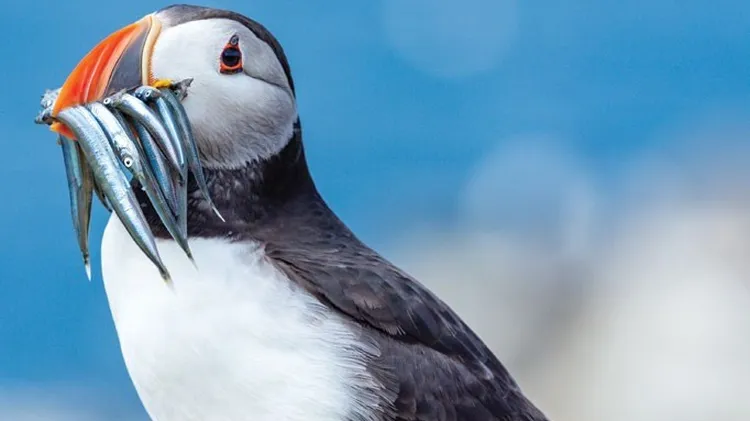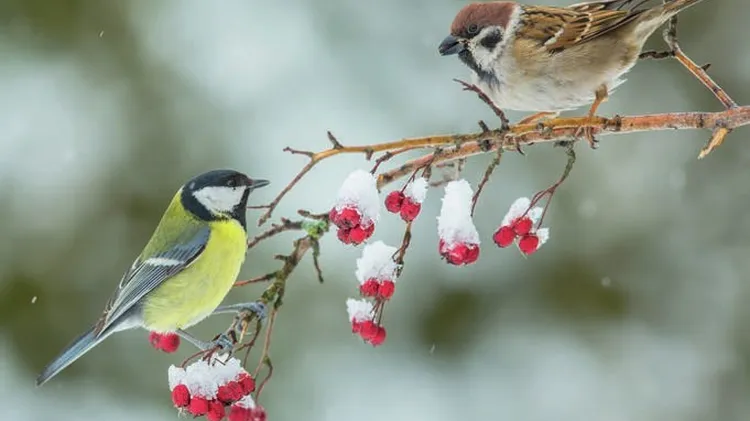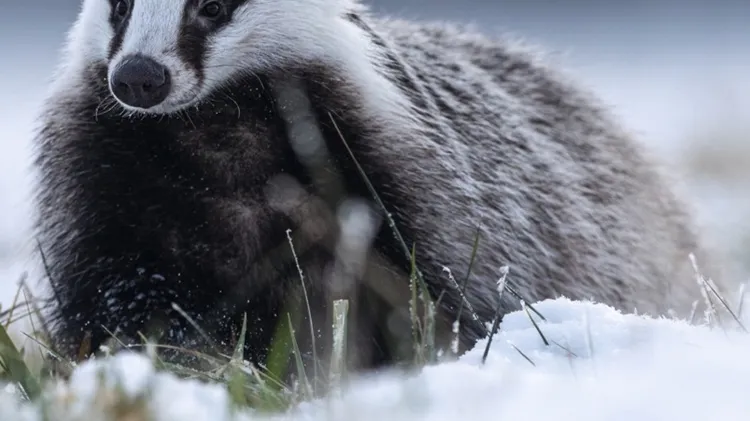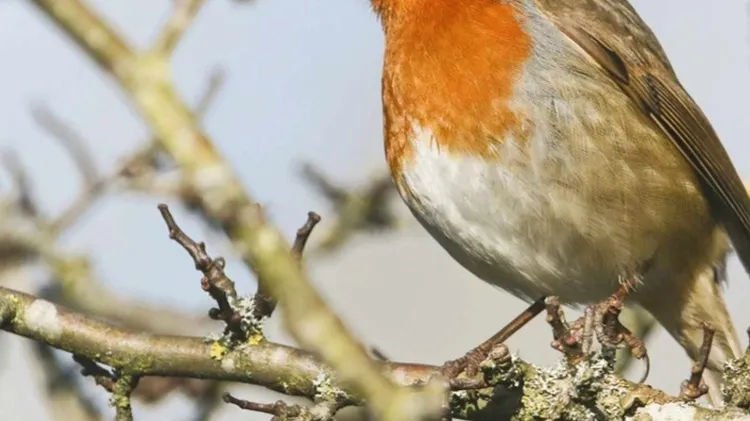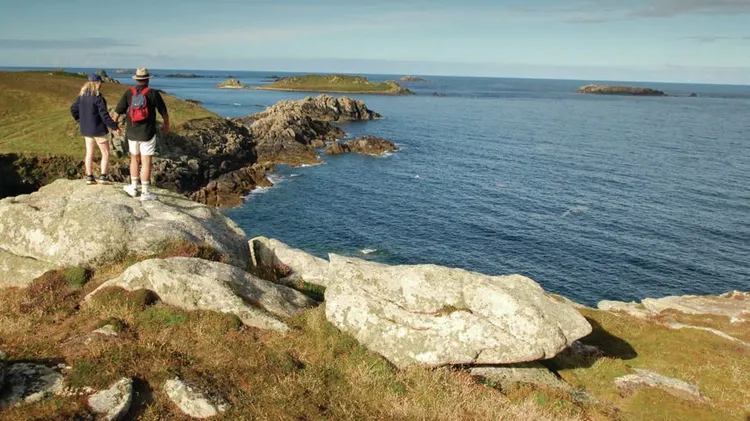An intimate portrait of the wildlife of Shetland – the remote, rugged an
Northern highlights
3 min read
This article is from...
Read this article and 8000+ more magazines and newspapers on Readly

